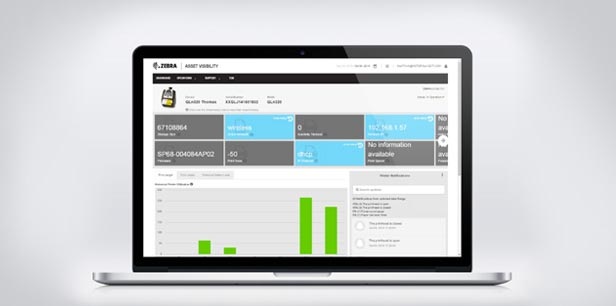Warehouses with automation systems do a very good job of tracking the inventory that they receive from suppliers and that they ship out to customers. Using a mix of barcode labels, warehouse management software, RFID tags, and other technologies, they can generate real-time location information that will ensure stock can be shipped on time.
When it comes to their own internal asset tracking, however, many warehouses have room for improvement. Warehouses have to manage hundreds of often expensive assets—everything from small tools and handheld barcode scanners to rolling carts, pallets, and forklifts. Asset tracking can directly impact the profitability of a warehouse by reducing unnecessary equipment purchases, making it easier for employees to find the equipment they need, and optimize utilization.
Upgrading asset tracking solutions is worth the investment—it presents an opportunity to improve worker productivity, increase efficiency, reduce costs, and improve customer service. Consider these key areas that can be improved with an asset tracking solution.
- Improved Accountability: Asset tracking solutions can identify which employees used an asset, and track its location. This not only makes it easier to find a specific tool or piece of equipment, it also helps identify which employees may not be following check-in/check-out procedures. In some cases, employees or departments may be “hoarding” items, which can lead to unnecessary equipment purchases.
- Cost Reduction: Asset tracking reduces instances of equipment loss or theft because you have real-time information on their locations. This also improves asset utilization. Lack of visibility often results when organizations have too few or too many assets on hand. Asset tracking helps companies to identify idle assets that aren’t frequently used, reallocate those resources to other areas or departments, and ensure you have enough equipment on hand at all times, without over purchasing.
- Increase Efficiency: Automated asset tracking is much more efficient and accurate than manual methods that rely on pencil and paper or keying in item numbers. Having real-time location information also helps workers quickly find the tools/equipment/vehicles they need to do their jobs faster.
- Improve Customer Service: By utilizing asset tracking on your material handling vehicles and equipment, you can actually further improve inventory accuracy by generating additional real-time visibility into order location. As goods move through the facility, they can be linked to specific carts, trolleys, or fork trucks. You can provide accurate updates about shipment status to customers, providing additional value. You can also use that data to identify bottlenecks in your material handling processes, which can help further optimize the flow of goods through the warehouse and improve throughput.
Your warehouse assets play an important role in efficient warehouse operations. Automated asset tracking can improve employee productivity, boost customer service, and reduce costs. For warehouses that are looking for ways to improve profitability while keeping an eye on expenses, asset tracking can generate valuable improvements.




